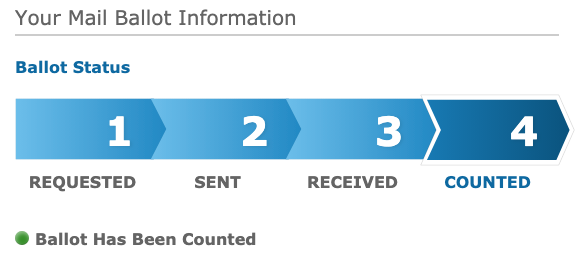
He was born on November 30, 1835, in Florida, Missouri and died on April 21, 1910 in Redding, Connecticut. Clemens grew up in Hannibal, Mo., on the West Bank of the Mississippi. At age 13 he was apprenticed to a local printer. When his older brother Orion established the Hannibal Journal, Samuel became a compositor for the paper. http://www.c-spanvideo.org/program/164886-1
Mark Twain, The Adventures of
Huckleberry Finn
C-SPAN's Video Library: Mark Twain
After working for a time as an itinerant printer, he rejoined Orion in Keokuk, Iowa, until the fall of 1856, when he began another period of wandering with a commission to write comic travel letters for the Keokuk Daily Post. Only five letters appeared, for on the way down the Mississippi he signed on as an apprentice to a steamboat pilot, and for almost four years he plied the Mississippi, after 1859 as a licensed pilot in his own right, until the Civil War put an end to steamboat traffic.
In 1861 he joined Orion in a trip to the Nevada Territory and became a writer for Virginia City's Territorial Enterprise. There, on Feb. 3, 1863, "Mark Twain" was born when he signed a humorous travel account with that pseudonym, a riverman's term for water "two fathoms deep" and thus just barely safe for navigation. In 1864 he left Nevada for California. At a mining camp he heard the story which, retold as The Celebrated Jumping Frog of Calaveras County (1865), would made him famous.
In 1866 he visited Hawaii as a correspondent for the Sacramento Union, publishing letters on his trip and later giving popular lectures. He then set out on a world tour for California's largest paper, the Alta California. The letters he wrote over the next five months for it and for Horace Greeley's New York Tribune caught the public fancy and, when revised for publication in 1869 as The Innocents Abroad, established Twain as a popular favorite.
Works by Mark Twain
The Celebrated Jumping Frog of Calaveras County, and Other Sketches (1865)
The Innocents Abroad (1869)
Roughing It (1872)
The Gilded Age with Charles Dudley Warner (1873)
Tom Sawyer (1876)
A Tramp Abroad (1880)
The Prince and The Pauper (1881)
Huckleberry Finn (1884)
Connecticut Yankee in King Arthur's Court (1889)
Pudd'nhead Wilson (1894)
Personal Recollections of Joan of Arc (1895)
Following the Equator (1897)
The Man That Corrupted Hadleyburg (1900)
The Mysterious Stranger (1916)
Letters From The Earth (1962)
He married in 1870 and moved with his wife to Hartford in 1871. In 1872 he published Roughing It, a chronicle of an overland stagecoach journey and of his adventures in the Pacific islands. He collaborated with his neighbor Charles Dudley Warner on The Gilded Age (1873), a satire on financial and political malfeasance that gave a name to the expansive post-Civil War era.
He continued to lecture with great success both at home and (in 1872-73) in England. In 1876 he published Tom Sawyer, a narrative of youthful escapades. It was followed in 1880 by A Tramp Abroad, in 1881 by The Prince and The Pauper, and in 1883 by the autobiographical Life on the Mississippi. His next novel, Huckleberry Finn (1884), is generally considered his finest and one of the masterpieces of American fiction. In 1889 he published A Connecticut Yankee in King Arthur's Court, in which a commonsensical Yankee is transported back in time to medieval Britain.
Various unsuccessful financial speculations, including his own publishing firm, left him bankrupt in the early 1890s, but the returns from Pudd'nhead Wilson (1894), Personal Recollections of Joan of Arc (1895), a lecture tour around the world, and Following the Equator (1897), his account of the tour, made him solvent again. The Man That Corrupted Hadleyburg was published with other stories and sketches in 1900.
In 1903 he and his family settled near Florence, Italy. His wife died six months later, and he expressed his grief, loneliness, and pessimism about humanity in several late works, including Letters From The Earth (published 1962) and The Mysterious Stranger (published 1916).